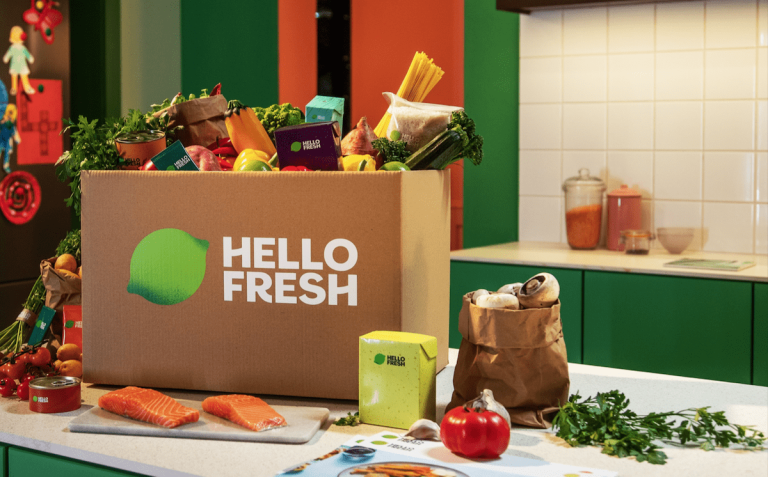
Meal-kit company HelloFresh saw its stock plummet Friday (March 8) in its largest single-day decline since debuting on the market in 2017.
The company’s shares dropped to a low of 6.13 euros (about $6.71), marking a record 48% slump, Bloomberg reported Friday.
Once celebrated as a beacon of convenience and innovation during the COVID-19 pandemic lockdowns, HelloFresh has seen its market value erode, now sitting 93% below its peak in 2021, according to the report.
Friday’s downturn came after the company announced it was discarding its profit ambitions for 2025, citing a need for further investment in its ready-to-eat meal sector, the report said.
Despite previously growing at a promising rate of 50%, this sector’s profitability has been hampered by both the additional required investments and an inability to offset declining interest in its core meal-kit offerings, even amid heavy promotional efforts, per the report.
Ahead of this drop, there was optimism around HelloFresh, with a majority of analysts maintaining buy ratings, driven in part by the company’s growth in ready-to-eat meals last year, the report said.
Bernstein analyst William Woods, who has harbored a more cautious outlook since 2021, said that the recent profit guidance for 2023 fell short of even the most conservative predictions, according to the report.
In comparison to its peers in the European food delivery market, such as Delivery Hero and Just Eat Takeaway.com, which boast multiples above 0.5 times the next 12 months’ sales, HelloFresh has a valuation of about 0.2 times, the report said.
This disparity is even more pronounced when looking across the Atlantic to U.S.-based DoorDash, which is trading at over 5 times next year’s sales, per the report.
PYMNTS Intelligence has found that HelloFresh is the second-most popular subscription service, behind only Amazon Subscribe & Save, with 25% of subscribers participating in the meal kit program.
The meal kit provider is gaining share from brick-and-mortar stores, with 47% of HelloFresh subscribers saying that they have reduced their visits to physical stores, according to “The Replenish Economy: A Household Supply Deep Dive,” a PYMNTS Intelligence and sticky.io collaboration.